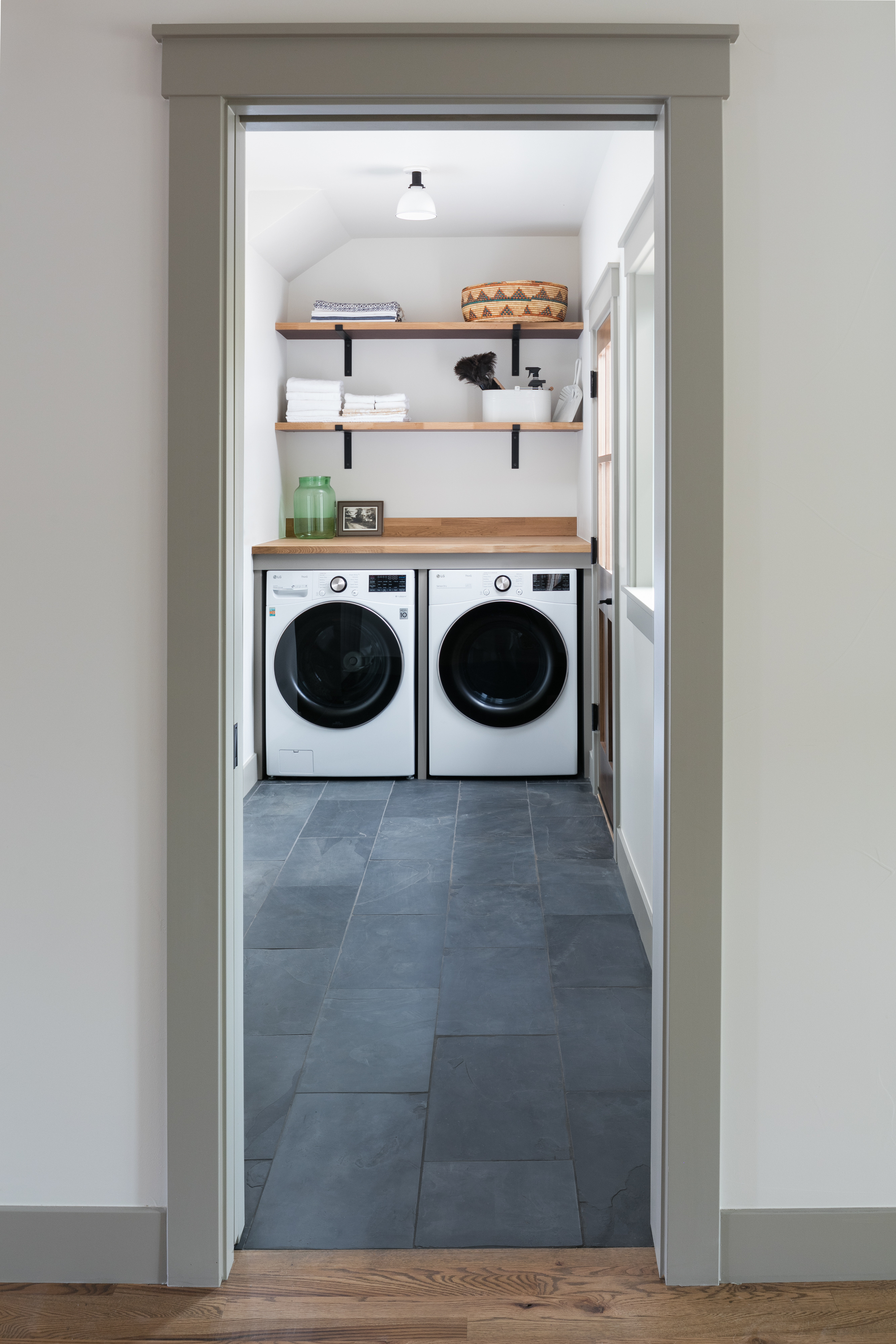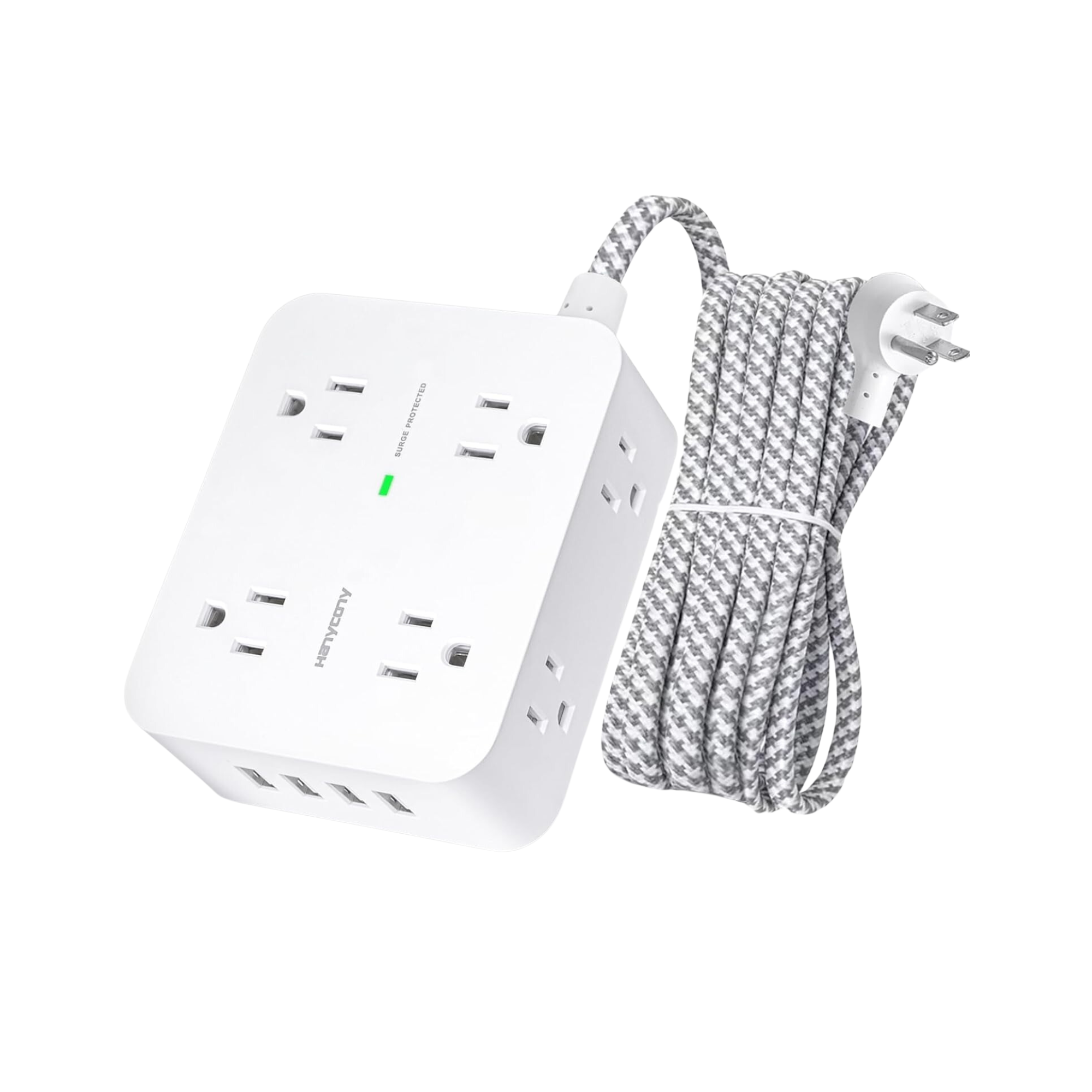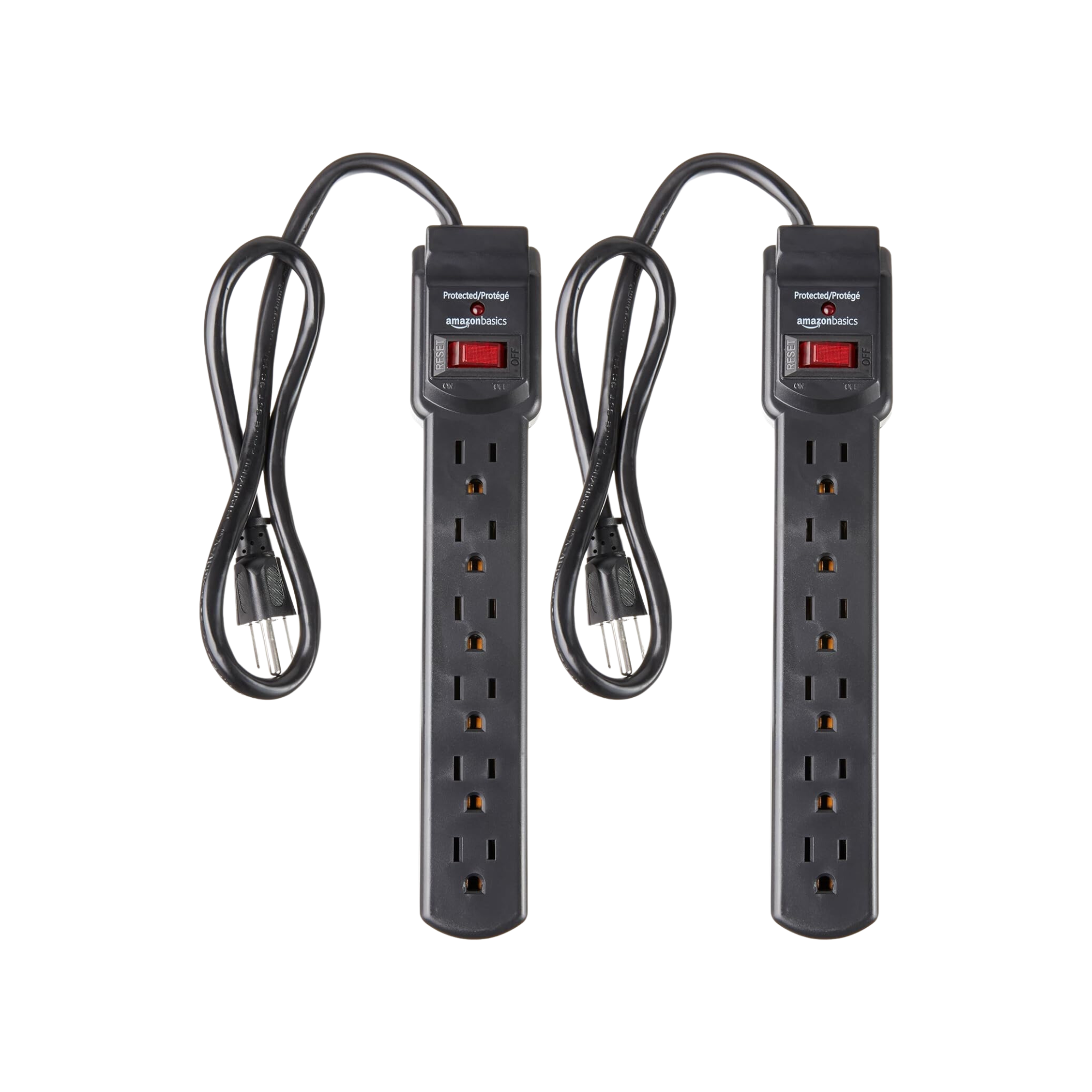5 Home Appliances Experts Say You Should Never Plug Into a Power Strip
Put convenience aside and practice caution when using a power strip if you want to keep your home safe and hazard-free


An increasing number of appliances are finding their way into our homes these days which, alas, means a frequent shortage of outlets. In such cases, it's considered fairly normal to whip out your trusty power strip and put it to use instead and while we've come to reflexively rely on these multi-outlet electrical sources, it turns out they might not be the safest of solutions after all.
In the same way that we explain what appliances you should never plug into an extension cord, we chatted with the experts and they've given us a list of common home appliances that you should never plug into a power strip, if you want a safe, hazard-free home. Modern homes deserve modern solutions, but while we wait for the ultimate electrical outlet built for safety, we urge you to prioritize safety by ensuring you refrain from plugging these popular household items into power strips, no matter how convenient.
Appliances to avoid plugging into power strips
1. Kitchen Appliances

Large kitchen appliances require tons of electricity to run, which is why they aren't compatible with electrical sources like power strips. Dan Mock, vice president of operations at Mister Sparky, tells us power strips should only be used on kitchen appliances like coffee machines that are smaller in size and advises against using them on refrigerators or other white goods. 'Freezers and refrigerators should always be plugged into a home’s outlet where they can draw the power they need to cool the items inside to the appropriate temperatures,' he says.
On a similar note, Ryan Ratkowski, founder of Memphis Elite Electrical, explains that microwaves also draw a significant amount of power during operation. 'Plugging microwaves into a power strip can overload the strip and increase the risk of an electrical fire,' notes Ryan. So if you're using a power strip in your kitchen, ensure that it's limited to your coffee bar and it's not being used to power up the bigger machines.
2. Temperature Regulators

While we love the warmth that the season of summer brings with it, we can't help but also need a little cool air in our bedrooms to make us feel pleasantly comfortable. However, after speaking to the professionals, one thing is for certain - fans and air conditioning devices shouldn't go into a power strip.
Electrical expert Jesus Cruz tells us that temperature regulators and power strips are a horrible combination. 'Heating, ventilation, and air conditioning systems require a direct and stable power supply,' he explains. 'Plugging them into a power strip can disrupt their operation and lead to system malfunctions.'
Dan shares a similar sense of caution when it comes to space heaters and air conditioners and points out that they can easily become fire hazards when plugged into a power strip. Especially considering the seasonal change in temperature, this is an important misstep to watch out for.
3. Hair Care Devices

Convenience is key in most spaces but especially in bathrooms, since there's plenty of modern tech that's stored in vanities - most of which should not be plugged into power strips. Hair dryers, straighteners, and curlers are all power strip red flags. Ryan explains that these personal care appliances are high-wattage devices, hence using them with a power strip can lead to overheating and potential fire risks.
Dan suggests calling a licensed and qualified electrician to help install any additional outlets needed to properly plug in your daily-use appliances. So even if you've used a power strip with your hair care devices plenty of times before with no harm caused, we suggest taking note from the experts and avoiding the risk anyway.
The Livingetc newsletters are your inside source for what’s shaping interiors now - and what’s next. Discover trend forecasts, smart style ideas, and curated shopping inspiration that brings design to life. Subscribe today and stay ahead of the curve.
4. Laundry Appliances

Laundry rooms are notorious for housing large appliances with surprisingly limited wall outlets on hand. According to Jesus, these appliances require a dedicated electrical circuit due to their high power consumption and intermittent usage. He explains that the heightened electricity requirement alone makes these appliances terrible companions to power strips.
Instead of plugging your washer and dryer into a power strip, try and make do with the pre-existing power sources by operating the appliances in turns. And if that isn't a viable option, Dan recommends consulting a licensed professional to survey the space and add additional outlets if possible. The combination of stuffy space, water-heavy machines, and an open power strip on the floor is not one you want to mess around with.
5. Extension Cords

If you're thinking of electrical inception and wondering if extension cords can be plugged into power strips to form one large convenient power source, we're afraid the answer is no. 'Extension cords should only ever be plugged into a home outlet and never a power strip,' says Dan. 'Like with many appliances, too much power is sometimes drawn from the power strip, which can lead to electrical shocks and fires.'
Now that we know the exact appliances to avoid utilizing with a power strip, we recommend venturing through every room in your house to make sure you're not putting your home at risk - and we'll be doing the same. And if you're eager to find a safe alternative for your smart home, Dan suggests giving your electrician a ring and discussing the introduction of additional wall outlets to your home. That way you'll have more power sources and fewer power strips to worry about.
FAQS
What's the difference between power strips and extension cords?
In conversation with Ryan, we found out that there's a huge difference between the appliances you shouldn't plug into extension cords and those to avoid in power strips. 'An extension cord quite literally extends the reach of an appliance to a power outlet without providing any additional functionality,' he says. 'On the other hand, a power strip usually includes multiple outlets and often comes with surge protection, which can protect your devices in the event of a power spike.'
Our top buys for a safe smart home

Amiya is a Home Wellness Writer at Livingetc. She recently graduated with a Masters Degree in Magazine Journalism from City, University of London, and has lent her words to beauty, fashion, and health sections of lifestyle publications including Harper’s Bazaar and Women’s Health. Her experience as a research analyst has equipped her with an eye for emerging trends. When she’s off the clock, she can be found reading, listening to music, or overanalyzing her latest Co-Star update.


